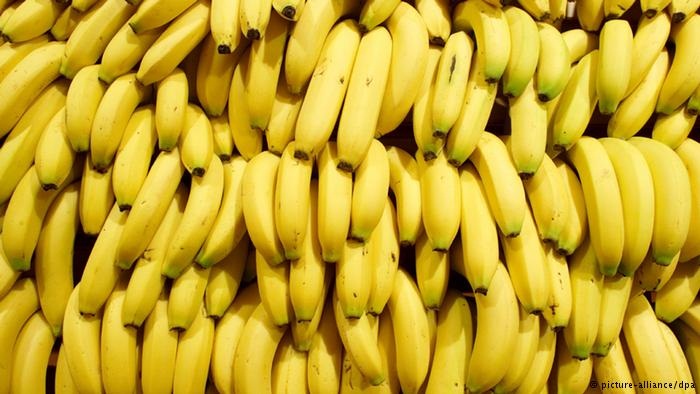Already in the 1960s, Panama Disease drove the previously popular banana variety, Gros Michel, to near-extinction. Now, a different strain of the fungus known as TR4 is threatening the Cavendish variety. The scientists believe it is only a matter of time before it reaches Latin America, where over 80 percent of the world`s Cavendish bananas are cultivated.
The TR strain was first identified in 1994 after it had destroyed Cavendish banana crops in Taiwan three decades earlier. However, "the initial outbreak did not awaken the banana industry and the awareness levels remained low," the study claims.
TR4 is a fungicide-resistant pathogen that can lie dormant in the soil for up to 30 years. When it attacks, it destroys the banana plant`s water-transporting mechanism, causing it to wilt rapidly and die of dehydration.
Following its initial attack on Taiwanese crops, the virus spread further into eastern and southeastern Asia. It has also recently been recorded in other parts of the world.
"Since 2013, incursions outside Southeast Asia were reported in Jordan, Pakistan, and Lebanon, informally announced in Mozambique and Oman, and just recently noted in the Tully region of Northern Queensland, Australia," notes the study.
Quarantine and other biosecurity measures have only been partly successful in curbing its progress.
Major challenge
Just as the previous strain of Panama Disease destroyed nearly all of the world`s Gros Michel crops, the TR4 version has the potential to do the same to the Cavendish. Commercially sold bananas are all seedless clones of each other and therefore cannot evolve to defend themselves against disease.
There is no easy fix for the situation, according to the scientists. The most logical response from their perspective would be to develop a new generation of banana cultivars in conformity with consumer preferences.
"Developing new banana cultivars, however, requires major investments in research and development and the recognition of the banana as a global staple and cash crop (rather than an orphan crop) that supports the livelihoods of millions of small-holder farmers," write the scientists.
"Until new, commercially viable, and resistant banana cultivars reach markets, any potential disease management option needs to be scrutinized, thereby lengthening the commercial lifespan of contemporary banana accessions," they add.
In the 1960s, it was the Cavendish variety - "maintained as interesting specimens in botanical gardens in the United Kingdom and in the United Fruit Company collection in Honduras" - that replaced the doomed Gros Michel. Now, a similar backup variety is necessary to replace the Cavendish if TR4 continues to spread.
"The current TR4 epidemic and inherent global attention should be the wake-up call for these much needed strategy changes," concludes the study.
More about:
















































